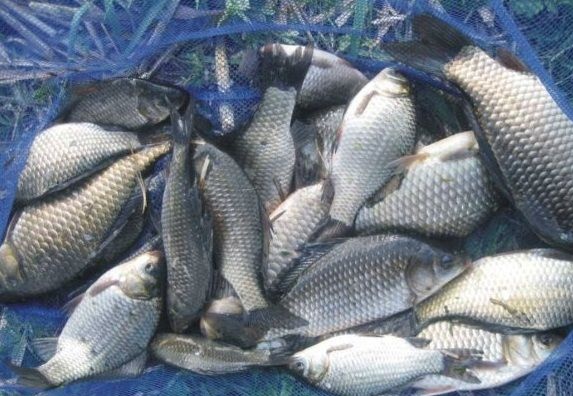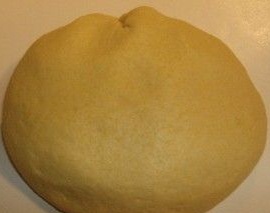
The tartar is the most famous attachment for fishing white fish. Absolutely everything pecks on it, roach, bleak, rudd, bream, crucian carp, carp and many other fish. In this regard, each downtime fisherman must know how such a nozzle is made.
The composition of the mastic is very simple, in most cases there are two components such as semolina and peas. This is the basis of any trowel, and then the fishermen are already experimenting by adding various components to such a nozzle. It can be flavorings, dyes, and so on.
The most important task that is involved in the manufacture of such a bait is its resistance to erosion by water. The shrine should sit well on the hook during the course and should withstand the blows of small fish. But if the bait is too dense, detecting fish will also be problematic.
Let's look at an example of how to make such a bait.
Materials and tools:
- yellow peeled peas;
- a glass;
- a saucepan for 1 liter;
- gas stove or electric stove;
- water;
- a spoon;
- semolina.
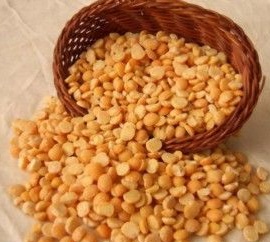
Trowel manufacturing process
Step one. Cook peas
You need to take a pot of small volume (about one liter) and pour half a glass of peas into it. In this case, soaking peas in advance is not necessary. Now in the pan you need to pour water and put the peas cooked. There should be enough water so that its level is about five fingers higher than peas.
The cooking process must be monitored, since when boiling, foam will form, which can fill the stove. To prevent this, the foam must be constantly removed with a spoon. Peas are cooked until it is completely digested, forming a mushy mass. It takes about an hour. The more porridge thickens, the more intensive it is to stir, otherwise the peas can burn and the whole bait will be spoiled.
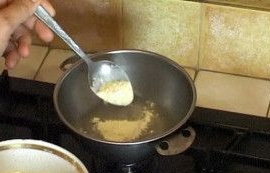
Step Two Pour semolina
Peas must be boiled until it turns into a homogeneous pulp. At the same time, small geysers will form on the surface of such porridge, from which steam will escape.This phenomenon will indicate that it is the turn of semolina. Now the porridge needs to be finally stirred, if uncooked peas are caught, it needs to be crushed.
Manka should be poured in small batches, constantly stirring the mass. The result should be a consistency similar to plasticine. Here you need to make a test, tearing a small piece from the mass. The marshmallow needs to be crushed in hands, if it does not crumble, then the process of making the bait can be considered successful.
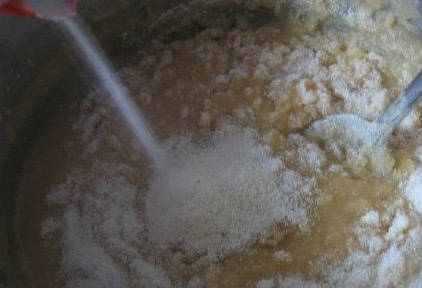
Step Three Kneading
When the mastic has cooled, it will need to be well kneaded. Before this, you need to wash your hands well with soap, otherwise the mastic can quickly turn sour. Also at this stage, you can add flavorings, dyes and interfere with some additional ingredients. Many fishermen practice adding hemp seeds, garlic juice, honey, flaxseed oil and more. Additional components are selected depending on what kind of fish the fisherman was going to follow.
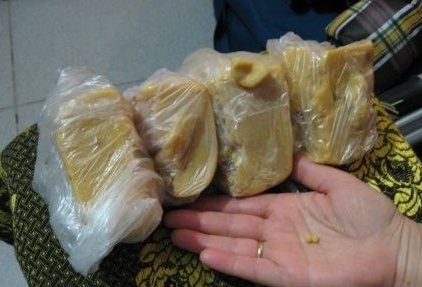
That's all, the trowel is ready. When fishing from it balls are made no larger than a pea in size. However, it all depends on what kind of fish is hunting. If it is a roach or a bream, then its mouth size is quite small and the size of a pea may be too big. And if you are fishing such fish as bream or carp, then you should do more here, thereby eliminating the bite of small fish.
